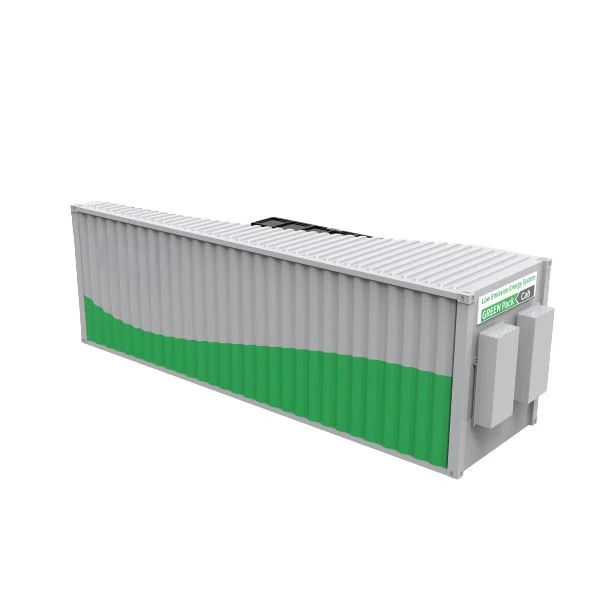2025-09-28
Have you ever wondered how energy storage at a large scale is carried out? You might have heard of the term energy storage container previously, but do you know what it represents and how it differs from the conventional battery setup?
In simple terms, an energy storage container is a module system comprised of batteries, power electronics, and controls in a shipping container or comparable enclosure. The setup is flexible, scalable, and mobile energy storage for grid-connected as well as off-grid applications.
So why are companies investing more in container energy storage and not just rolling out stationary batteries? Portability, scalability, and ease of deployment—particularly for bringing on renewable energy.

To keep it brief:
Its compact, all-inclusive design is easier to deploy in remote areas or rapidly expand in industrial and utility applications.
A natural question arises: Can a container energy storage system replace traditional power plants in the outback? Though it cannot replace massive plants, it significantly reduces reliance on diesel generators or variable energy sources, according to ABB's containerized energy storage solutions.
| Component | Function |
| Battery Packs | Store electricity; usually lithium-ion for efficiency and long life. |
| Battery Management System (BMS) | Monitors battery condition, charge, and discharge cycles. |
| Power Conversion System (PCS) | Converts DC to AC electricity for grid or off-grid usage. |
| Energy Management System (EMS) | Optimizes energy flow, ensures peak shaving, and handles renewable integration. |
| Thermal Management | Maintains optimal operating temperature, prolonging battery life. |
| Safety Systems | Fire suppression, emergency shutdown, and surge protection. |
All these elements coordinate well in order to make the energy storage container perform well under various operating conditions.
For example, SCU Power just published a report which illustrates how containerized systems in Asia have reduced diesel consumption more than 60% in microgrid configurations, illustrating their application in remote or off-grid communities.
Several trends are driving adoption:
1.Declining Battery Prices: Lithium-ion costs have declined considerably, reducing the cost of container energy storage.
2.Growing Renewable Energy Infrastructure: As solar and wind farms increase in number, scalable storage is becoming more essential.
3.Regulatory Support: Governments across the globe are providing subsidies and tax incentives for energy storage options.
4.Portability Requirements: Military, naval, and disaster relief applications are supported by transportable energy solutions.
Consider the case of ABB's naval energy storage containers, which allow ships to have integrated energy storage onboard, reducing fuel consumption and emissions while offering a plug-and-play solution.
When thinking of deploying an energy storage container, you might be wondering: How long will these systems last and are they safe for deployment in the city?